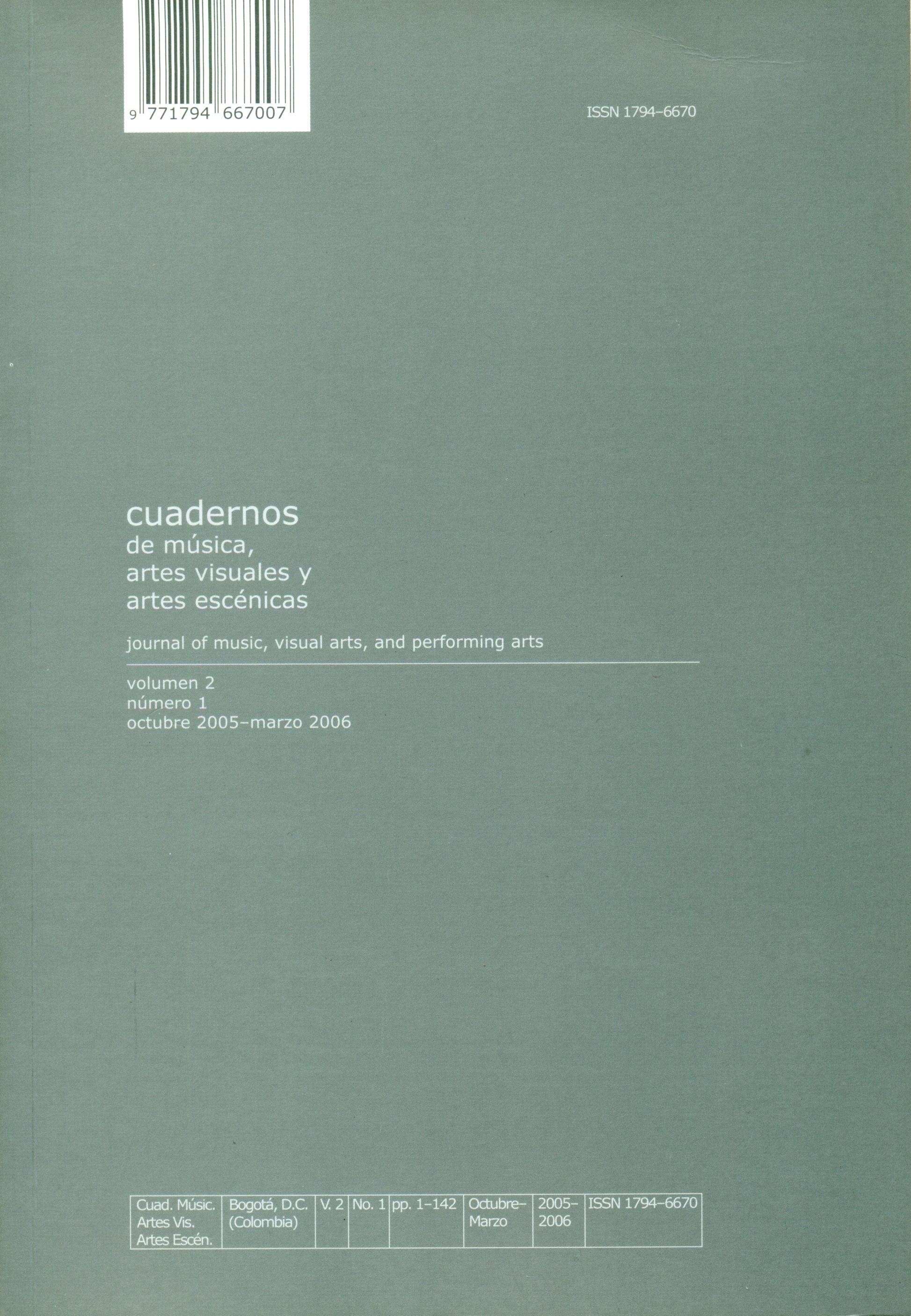Resumen
Durante varios años musicólogos e investigadores asumieron que la música de Rodrigo de Ceballos (c.a. 1525/30–1581) estaba completamente perdida o preservada en manuscritos en mal estado. Investigaciones hechas por el musicólogo Robert Snow demostraron que esta premisa no es cierta y que este compositor merece un sitio entre las figuras más importantes de la música española del siglo dieciséis. La música de Cristóbal de Morales (1500–1553) y Francisco Guerrero (1528–1599), dos compositores españoles notables del siglo dieciséis, ejerció una influencia importante en la música de Ceballos. Morales, Guerrero, y Ceballos escribieron arreglos polifónicos de los versos impares del texto del Magníficat en los ocho tonos, para ser cantados alternatim con los versos pares durante la celebración del servicio de vésperas. Los Magníficats de Ceballos fueron interpretados en la catedral de Bogotá, Colombia por varios siglos y los manuscritos usados en esa catedral son en este momento las únicas copias completas que existen del ciclo.Es interesante observar que los ciclos de Magníficats de los tres compositores son bastante similares. Estas similitudes incluyen número de compases por verso, número de puntos de imitación, transposición de tonos, uso del cantus firmus, uso de un motivo rítmico, tipo de cadencias, y uso de la nota finalis de la entonación monofónica. Después de una corta presentación bibliográfica de los tres compositores, el presente estudio examina las características principales del ciclo de Magníficats en los ocho tonos de Ceballos y sus similitudes y diferencias con los ciclos de Guerrero y Morales. A través de esta investigación se establecen influencias musicales específicas entre los tres compositores y se determinan factores generales de estilo de la música de los compositores españoles más importantes de mediados del siglo dieciséis.Esta revista científica se encuentra registrada bajo la licencia Creative Commons Reconocimiento 4.0 Internacional. Por lo tanto, esta obra se puede reproducir, distribuir y comunicar públicamente en formato digital, siempre que se reconozca el nombre de los autores y a la Pontificia Universidad Javeriana. Se permite citar, adaptar, transformar, autoarchivar, republicar y crear a partir del material, para cualquier finalidad, siempre que se reconozca adecuadamente la autoría, se proporcione un enlace a la obra original y se indique si se han realizado cambios. La Pontificia Universidad Javeriana no retiene los derechos sobre las obras publicadas y los contenidos son responsabilidad exclusiva de los autores, quienes conservan sus derechos morales, intelectuales, de privacidad y publicidad.
El aval sobre la intervención de la obra (revisión, corrección de estilo, traducción, diagramación) y su posterior divulgación se otorga mediante una licencia de uso y no a través de una cesión de derechos, lo que representa que la revista y la Pontificia Universidad Javeriana se eximen de cualquier responsabilidad que se pueda derivar de una mala práctica ética por parte de los autores. Como consecuencia de la protección brindada por la licencia de uso, la revista puede publicar retractaciones o corregir la información ya publicada. La publicación de contenidos en esta revista no representa regalías para los contribuyentes.


